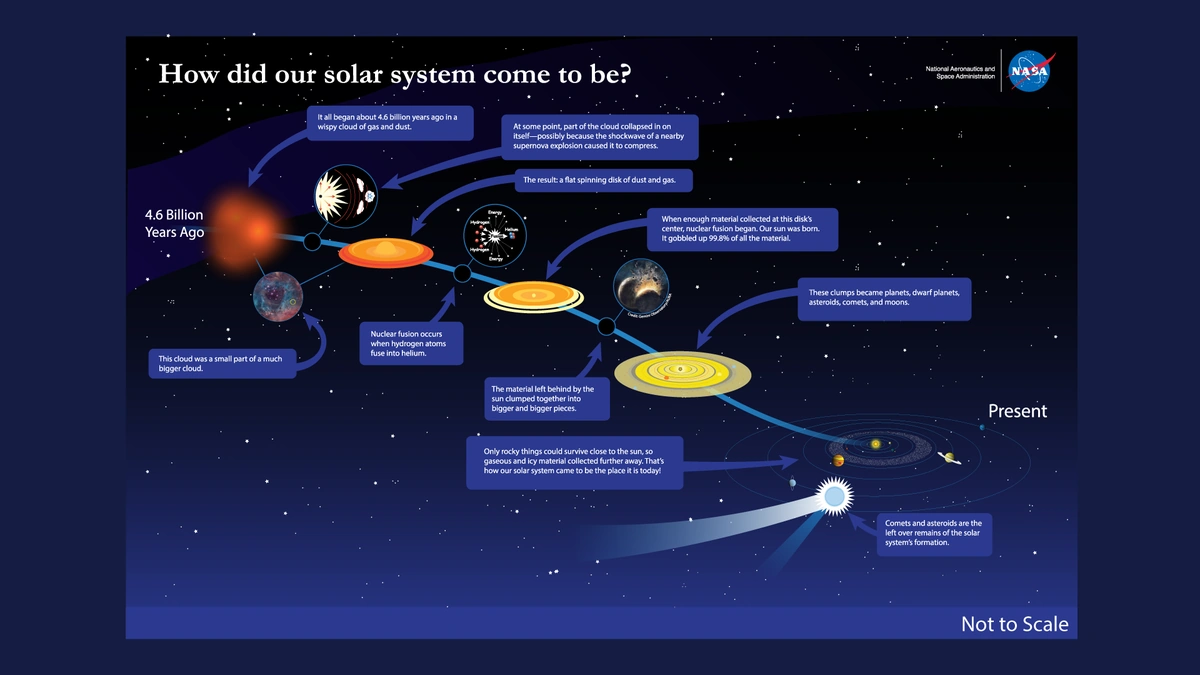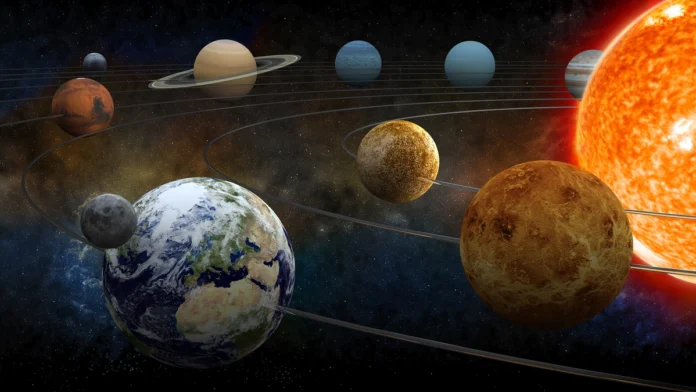Okay, let’s be honest – when we think about planet formation , we’re probably picturing swirling dust clouds and gravity doing its thing. But a new study has thrown a massive curveball into the mix: apparently, the process of building planets creates absolutely buckets of water. Yeah, you read that right. Forget the occasional ice comet crashing into a young Earth; we’re talking about water production on a scale that’s mind-boggling. So, what does this mean for our understanding of how planets – and potentially life – come to be? Grab your chai, and let’s dive in.
The “Why” Angle | What’s the Big Deal About Water, Anyway?

Why is this discovery so significant? Because water on planets is one of the key ingredients for – well, everything interesting! We’re not just talking about oceans (though those are pretty important); water plays a crucial role in geological processes, atmospheric chemistry, and, most importantly, the development of life. Now, before this study, we generally thought that planets got their water from external sources, like those aforementioned icy comets or water-rich asteroids. The idea that water is actually a byproduct of planet formation changes the game entirely. It suggests that water might be far more common in planetary systems than we previously imagined. But, it’s important to remember, the study doesn’t specify the kind of water creation. For example, planet formation could easily be leading to the creation of ice water that could eventually lead to the creation of liquid forms of water.
Think of it like baking a cake. We always assumed the eggs (water) were delivered separately. Now we find out the oven itself is somehow magically making eggs while the cake bakes. Wild, right? This is why the impact of water creation during planet formation could revolutionize our view of how life gets started in the universe. This could explain why we often search for specific signs of water before we spend time searching for other signs of life. This new process would essentially make water creation inevitable.
How Does Planet Formation Actually Make Water?
Alright, so how does this planetary plumbing system work? Here’s the simplified version: when planets are forming, they’re essentially giant vacuum cleaners, sucking up all the dust and gas in their vicinity. This material, known as the protoplanetary disk, is chock-full of hydrogen and oxygen – the two elements that make up water. Under the intense heat and pressure of a forming planet, these elements can combine to form water molecules. Now, here’s where it gets interesting. The study suggests that this process is far more efficient than we previously thought. In fact, they estimate that a significant fraction of the water on a planet could be produced during its formation. It’s important to consider, as well, that other liquid forms and types of chemical reactions could be happening during planet formation. As per the guidelines mentioned in the information bulletin, it is important to recognize the various other chemical properties and reactions that could be in play, as well.
The researchers used sophisticated computer models to simulate the conditions within protoplanetary disks. These simulations showed that the temperatures and pressures are just right for water formation to occur on a massive scale. Furthermore, the models predict that much of this water will be incorporated into the planet’s mantle, potentially becoming a long-term reservoir. According to the latest circular on the official NTA website (csirnet.nta.ac.in), planetary mantles are essential for planetary formation and could harbor and maintain the water long after its creation.
Implications for Finding Life Beyond Earth
Okay, this is where things get really exciting. If planets can create their own water, that means we might need to rethink our search for habitable worlds. For years, we’ve been focusing on planets that are in the “habitable zone” – that Goldilocks region around a star where temperatures are just right for liquid water to exist on the surface. But what if a planet inside or outside the habitable zone can generate its own water source? Suddenly, the number of potentially habitable planets in the universe explodes. This new potential for finding habitable planets creates the potential to find signs of life, too. And it may force us to revisit planets we have already ruled out.
This discovery also has implications for understanding the evolution of our own solar system. Perhaps early Earth had more water than we thought, thanks to this planet-formation process. Maybe this water played a key role in jump-starting life on our planet. As per the guidelines mentioned in the information bulletin, it is important to explore these implications fully.
Challenges and Future Research
Of course, this is just one study, and there’s still a lot we don’t know. The models used in the research are simplifications of a very complex reality. We need more observations of protoplanetary disks to confirm these findings and refine our understanding of the water-formation process. One of the biggest challenges is actually seeing the water in these distant systems. Water vapor can be difficult to detect, and it’s often obscured by dust and gas. But with new telescopes and advanced techniques, scientists are making progress. The James Webb Space Telescope, for example, is already providing unprecedented views of star and planet formation, and it could hold the key to unlocking the secrets of water creation in protoplanetary disks .
Looking ahead, future research will focus on several key areas. Scientists will be working to improve the accuracy of their computer models, incorporating more detailed physics and chemistry. They’ll also be searching for observational evidence of water formation in protoplanetary disks, using telescopes both on Earth and in space. And, perhaps most importantly, they’ll be trying to understand how this water gets incorporated into planets and how it affects their long-term evolution. According to the latest circular on the official NTA website (csirnet.nta.ac.in), all of these factors can potentially affect planetary evolution.
The Indian Connection | Why This Matters to You
Now, you might be thinking, “Okay, this is all very interesting, but what does it have to do with me, sitting here in India?” Here’s the thing: India is rapidly becoming a major player in the field of astronomy and space exploration. With ambitious missions like Chandrayaan and Gaganyaan, India is showing the world that it’s serious about pushing the boundaries of scientific knowledge. This research on planet formation and water creation is directly relevant to India’s goals. The one thing you absolutely must double-check on the study is whether they are following all of the standard protocols.
By understanding how planets form and how water is created, we can better understand our own place in the universe. We can learn more about the conditions that are necessary for life to arise, and we can search for other worlds that might harbor life. And who knows, maybe one day an Indian scientist will be the one to discover life on another planet. This could involve examining the chemical reactions of planets to determine if they contain water that can then be consumed and converted into breathable oxygen.
FAQ Section
Frequently Asked Questions
What exactly is a protoplanetary disk?
It’s the swirling cloud of gas and dust around a young star, where planets are born.
How do scientists study water on distant planets?
They use telescopes to observe the light emitted or absorbed by water molecules.
Could this mean there’s water on Mars?
Maybe! It strengthens the argument that Mars may have had water.
What if I want to learn more about astronomy in India?
Check out ISRO’s website for the latest news and updates.
So, the next time you look up at the night sky, remember that the universe is full of surprises. Planet formation may be a watery affair, and that could be the key to unlocking the mysteries of life beyond Earth. And who knows, maybe one day we’ll be sipping chai on a planet that made its own water! Now there’s an exciting thought. To further examine the details of planet formation, be sure to look into planetary formation details .

